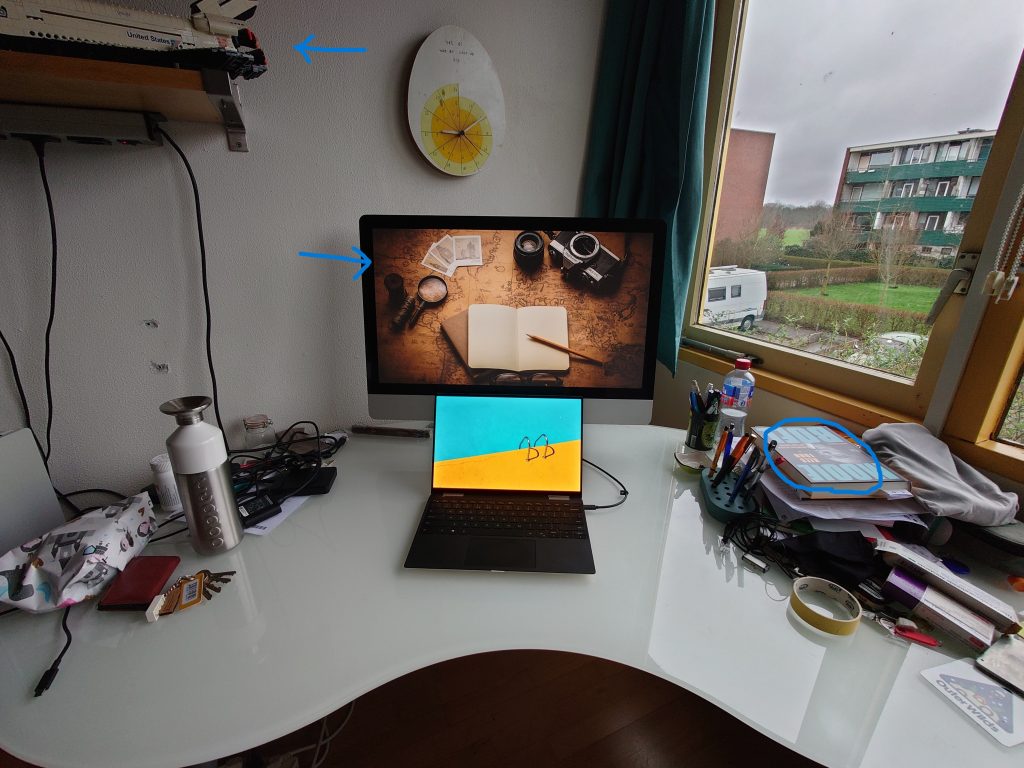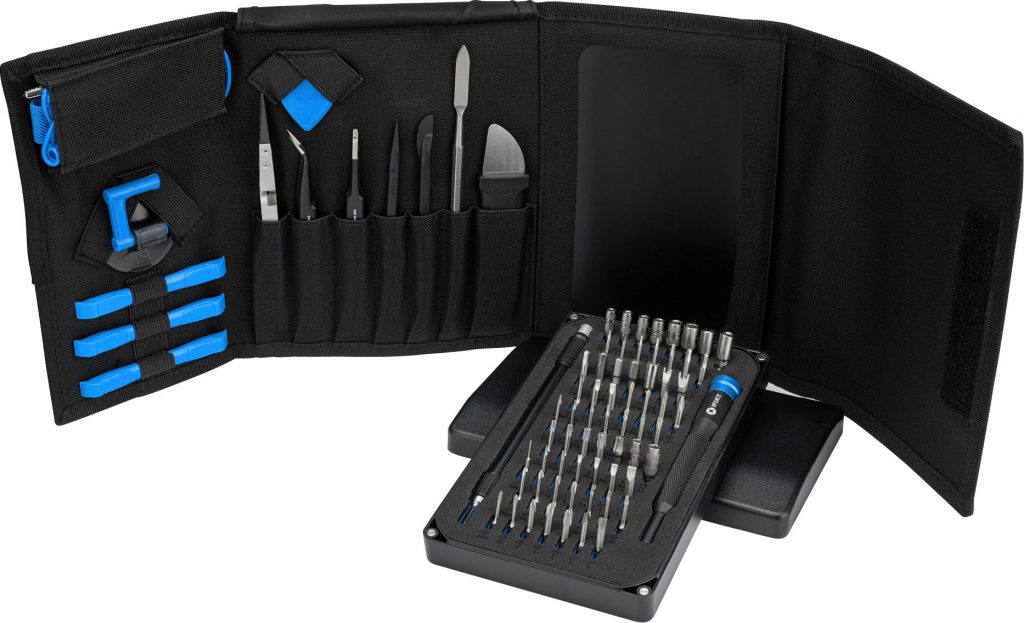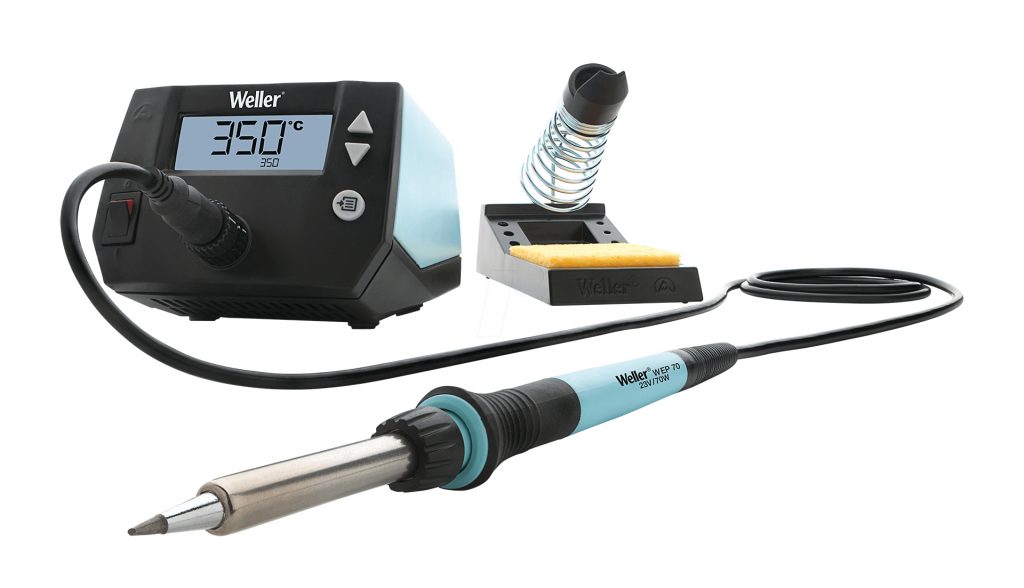Welcome to my “Mastering Tinkering” main page. If you look around the rest of this website (which I don’t recommend), you’ll see I haven’t really touched it since the first year of CreaTe. Still, it seemed like the best place to host this page and like a nice full circle moment. I will make a new page for each week to keep everything semi-organised, so you should be able to find everything through the dropdown menu at the top-right.
“About me”
I haven’t quite gotten used to it, but I suppose since February my student status would be: “Electrical Engineering master student”. Before this, my bachelor’s was in Creative Technology here at the UT like many others in this course. Following CreaTe was a thoroughly enjoyable experience and solidified my interests in all things electronic. There were some parts I enjoyed less (entrepreneurship and sketching really aren’t for me) and during CreaTe I developed a passion of sorts for repairable technology that I thought I could better expand through an Electrical Engineering master’s course. This is also my main motivation for doing this master’s course. It’s my desire to help develop repairable, long lasting devices (Fairphone, Framework) to give ownership of these devices back to the customers and hopefully bring about a meaningful reduction in e-waste. It’s a far-fetched dream, especially with the increasing hostility towards right-to-repair initiatives from industry-leading (not always, but often fruit based) companies, but I hope I can play a small part in getting people to repair their own devices again.
It probably sounds like electronics is the only thing I am academically interested in, but I promise this isn’t quite the case. During my studies I took some philosophy, psycholinguistics and media-ethics courses at the VU just to see what that was like and that was one of the most valuable periods of my time as a student. I also have a fascination for abstract maths, so I took two honours math classes to look a bit more into that. Nothing has yet managed to sway me from repairable electronics goals however, so EE it is.
Outside of the university, tinkering (at least as I understand it now) plays a role in a lot of what I like to do. I have two “workspaces”, each with their own tinkering-related things and both have some tinkering-related items I would have liked to discuss. However, because of a scabies-related incident I won’t be able to make it to my student home in time for the next lecture so below is only a picture of my desk at my parents’ home for now. I will first talk about some things in this picture and then discuss some things I have on my desk in my student home.

My desk at my parents’ house
I think I should address the Lego space shuttle first. While it lies more dormant than it used to as a child, a fascination with Lego has been a prevalent constant in my life. When I was 15 I tried (in vain) to get a week-long internship at Lego since I needed one for school. They wanted a CV which I didn’t have so I made a Lego CV with all the sets I had ever owned and that gave a conservative estimate of 25.000 bricks existing within the confines of my bedroom. I still have all of them (though more stashed away) and they form the most flexible tinkering toolkit I have at my disposal, and it’s always around if I need something to quickly tinker with.
The monitor with the arrow pointing towards it is an old 27′ inch Imac which I converted to an external USB-C monitor which also charges my laptop. I chose to highlight this because it’s one of a few electronic creations of mine that are actually useful. I have a myriad of Arduino projects in baskets across both my rooms but none of them I actually use for anything (not that they could be used practically). This display has actually proven useful to me and other members of my family multiple times and that, weird as it sounds, gives a bit of confidence. I understand choosing something which “actually works” stands directly opposed to the point of tinkering, but for me, remembering that I can eventually maybe make something useful helps me to set aside the thoughts of “why am I even doing this” when I am sticking random things into an Arduino again to see what happens.
Last in this picture is the book “Mooie Boel” by Kees Torn. It’s not a tinkering book, nor does it have anything to do with electronics or other toolkits for making physical stuff. However, I have been getting increasingly pulled into the world of a certain type of poetry (puntdichten) to which I feel the word tinkering definitely applies. Kees Torn in particular uses language in a way that feels to me, analogous to how tinkering with different toolkits is described in the lecture. Unfortunately, you need to speak Dutch to understand any of this work. If you are and you want an audio-physical example, this video of his shows a song he wrote where the last word of every sentence needs to be translated from Dutch to English to form a Dutch sounding word which completes the sentence. However it’s his shorter poems which really showcase what I mean so I will give one example:
Pat
Hij wist niet wat hij zonder sigaretten
Of wat hij zonder schaken moest beginnen
Hij schaakte om de zinnen te verzetten
En rookte om de zetten te verzinnen
I’m not gonna explain the joke but just know it’s an incredibly clever use of language. He’s described before how he get’s an idea like this worldplay (a seed), begins playing around with all the words and constructs the language has to offer (he also uses a “rijmwoordenboek” as help) which would be the facilitator, by combining things he finds new ways of using language (expanding toolbox) and after a week of experimentation he ends up with a short piece like this. Okay I might be stretching the tinkering blueprint a bit too far here but the point is, whenever I read something of his, I feel more inspired to begin playing around with whatever I am doing right now, no matter what it is.
<This is where the picture of my second workspace should have gone were it not for damn scabies>

The first thing I wanted to talk about in the non-existent second picture would be my iFixit kit. iFixit started out as a right to repair movement but they now host a large collection of repair guides and they make their own tools which are actually really good. This kit allows access to nearly every electronic device and is irreplaceable for tinkering with things that weren’t designed for it. If I wanna know how something works, I can just open it and see.

Second choice is really boring but it wouldn’t be fair not to name the soldering iron. I’ve only been soldering for a few years but it has opened up a whole new avenue of electronics and constructions to have the material dialogue with.
Lastly, I would like to make my mom a little angry. As you can see from the picture of my desk at my parents’ home, my desk isn’t exactly tidy and my other desk has quickly developed even more junk, freed from mom’s supervision. However I feel that mess really does inspire tinkering. My subconscious is always sending my hands around to play with stuff on my desk, and even when I’m not realising it I’m often making dumb combinations between different things. It’s a very primitive, very not guided way of trying that dialogue of materials with things never meant to go together but it does inspire to do it properly.
To finish up, I’ll just list how I would divide these described things.
First: things that stimulate tinkering:
- Self-made display
- Kees Torn
- Mess on my desk
Things that improve tinkerability:
- Lego everywhere
- iFixit Kit
- Soldering iron